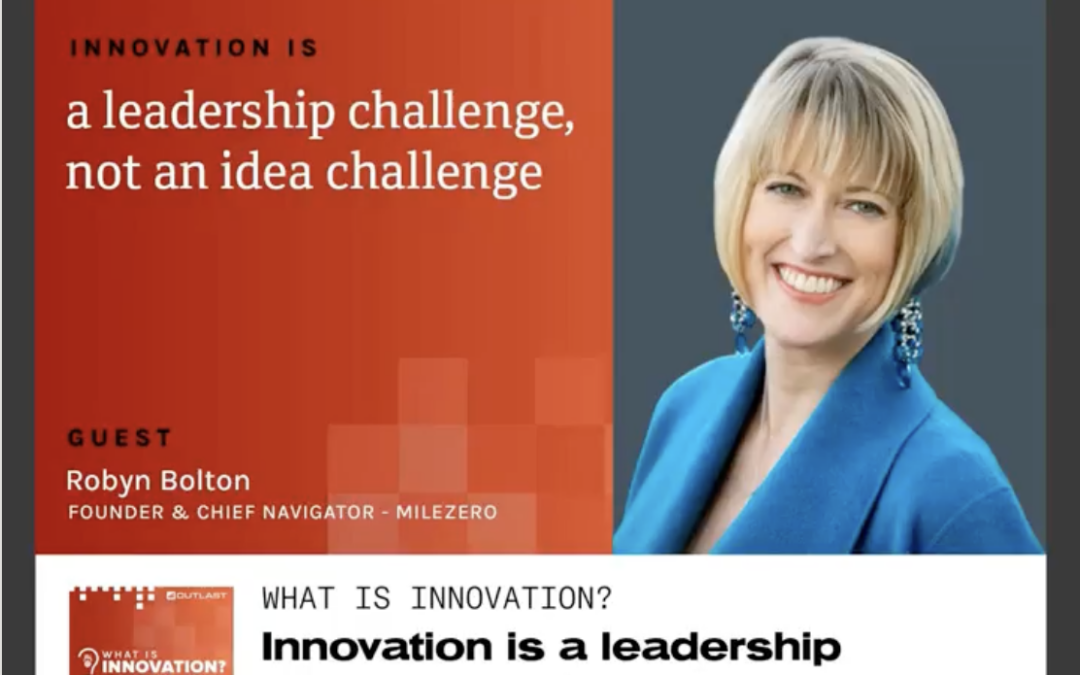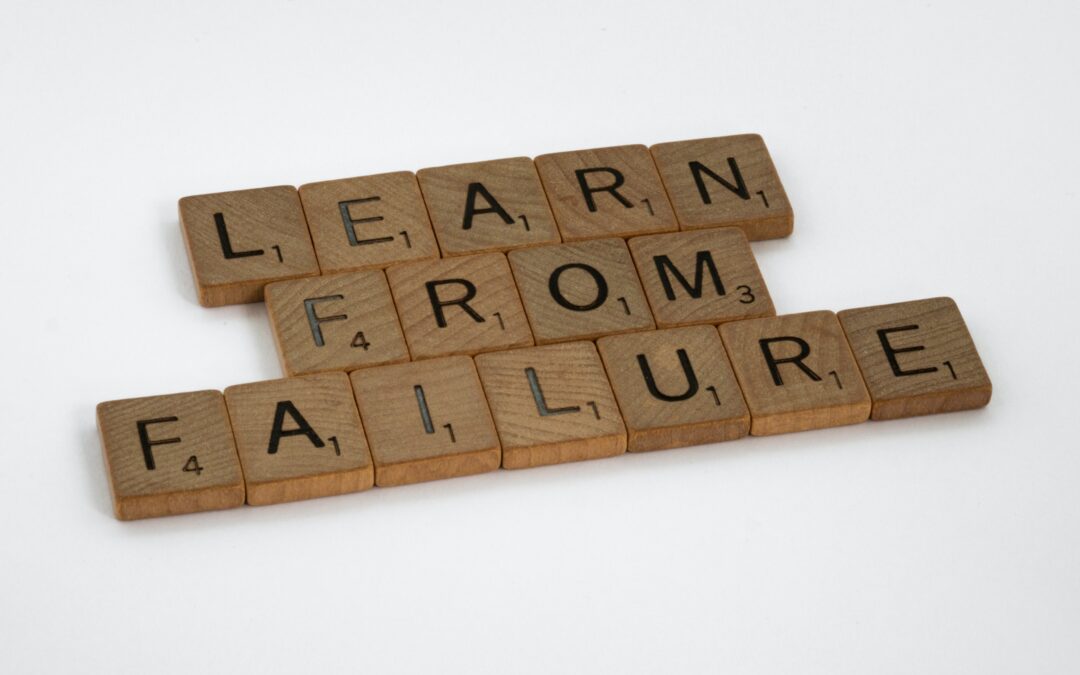


5 Tips for Navigating Uncertainty from Execs at P&G, CVS, Hannaford, and Intel
“We have successfully retained the opportunity for improvement.”
When the CEO said this to kick off a meeting, I knew we were in for an adventure. He smirked at the corporate double-speak, paused for the laughter, then outlined all the headwinds facing the business. But the only thing I remember from that meeting was his opening line.
I think about it all the time. Because it seems to apply all the time.
And despite the turmoil brought on by a pandemic, a war, and an economic slowdown, we have successfully retained the opportunity to improve how we deal with uncertainty.
That isn’t to say we haven’t improved over the past three years. In fact, at an event sponsored by NextUp, four executives from P&G, CVS, Hannaford, and Intel shared what they learned and how they changed while navigating uncertainty.
Listen more
Dave DeJohn, Director of Operations for Hannaford, talked about the importance of listening deeply and constantly to employees, especially those on the front lines. Consistent with its core values of family, community, quality, and value, store associates are trained that the customer is always right. However, as incidents of verbal abuse increased during the lockdowns, employee satisfaction and mental health declined. By closely listening and observing what was happening in stores, Hannaford’s leadership modified their customer service approach to “the customer is always right, within reason” and empowered employees to stand up for themselves and each other when faced with hostile shoppers.
Stronger relationships lead to stronger results
Every executive shared stories from the early days of working from home – technical glitches, kids invading calls, and even cats positioning themselves awkwardly in front of cameras when the human stepped away. Far from being signals of a lack of commitment or professionalism, these moments transformed roles and titles into human beings, juggling all the things humans must juggle. Once people started seeing others as fellow humans versus bosses, peers, or subordinates, they connected on a human level and formed genuine and trusting relationships. Those relationships led to better collaboration, more effective troubleshooting, and better business results.
Concise concrete communication is critical
In periods of uncertainty, information is power. But it’s also constantly changing. For that reason, constant communication is a must. But in a large organization, communication often comes from multiple departments – employee relations, HR, health and safety, operations, and marketing, to name a few – and that can be overwhelming. For this reason, DeJohn learned that keeping every message concise (ideally the length of a tweet but no more than a short paragraph) and concrete (specific, tangible, tactical rather than high-level platitudes) proved critical to keeping people aligned and moving forward.
Just because you can, doesn’t mean you need to
Keris Clark, VP of Sales at P&G, spoke about the drastic shift in her work/life balance when she could no longer travel to see customers or attend meetings. Instead of taking the first flight from Boston to Seattle for a meeting and then a red-eye back home, she suddenly had time to work out, cook, and spend time with family. As travel became safer and invitations to far-away meetings came in, she thought more critically about whether or not to book the tickets. Like most of us, she still travels for some things, but it’s no longer the default option now that more people are used to video calls and other ways of working.
We can do things differently and still deliver
COVID’s effect on the supply chain is well documented, and Tiffiny Fisher, Chief of Staff and Technical Assistant for Intel’s America region, gave us a view into Intel’s situation in the earliest days of the pandemic. With fabrication, assembly, and testing sites throughout Asia, Intel had to work quickly to figure out how to continue operating while staying with government lockdown guidelines. Ultimately, hundreds of employees volunteered to leave their families and live in hotels near Intel facilities so that they could continue operating. It was a huge sacrifice by employees and probably not one that anyone would want to make again. Still, it proved that Intel, with the support of its employees, could quickly make massive changes to its operations while continuing to deliver results.
Uncertainty can be deeply uncomfortable, even frightening, even though we face it every day. Building the skills to navigate it and learning lessons about what works and doesn’t can make it easier. But if you still struggle, don’t worry. It just means you’ve successfully retained the opportunity for improvement.

What Is Innovation?

Innovation Inside the Box

Banks, Basketball, and Banana Splits: Failure is Everywhere?
When asked to describe his test for determining what is and isn’t hard-core pornography, Supreme Court Justice Potter Stewart responded, “I know it when I see it.”
In that sense, pornography and failure may have a lot in common.
By accident, I spent the month of April thinking, writing (here and here), and talking about failure. Then, in the last week, a bank failed, two top-seeded sports teams were eliminated in the first round of the playoffs, and the New York Times wrote a feature article on the new practice of celebrating college rejections.
Failure was everywhere.
But was it?
SVB, Signature, First Republic – Failure.
On Monday, First Republic Bank became the third bank this year to fail. Like Silicon Valley Bank and Signature Bank, it met the definition of bank failure according to the FDIC – “the closing of a bank by a federal or state banking regulatory agency…[because] it is unable to meet its obligations to depositors and others.”
It doesn’t matter if the bank is a central part of the entrepreneurial ecosystem, is on the cutting edge of new financial instruments like cryptocurrency, or caters to high-net-worth individuals. When you give money to a bank, an institution created to keep your money safe, and it cannot give it back because it spent it, that is a failure.
Milwaukee Bucks – Failure?
Even if you’re not an NBA fan, you probably heard about the Milwaukee Bucks star Giannis Antetokounmpo’s interview after the team’s playoff elimination.
Here’s some quick context – the Milwaukee Bucks had the best regular season record and were widely favored to win the title. Instead, they lost in Game 5 to the 8th-ranked Miami Heat. After the game, a reporter asked Antetokounmpo if he viewed the season as a failure, to which Antetokounmpo responded:
“It’s not a failure; it’s steps to success. There’s always steps to it. Michael Jordan played 15 years, won six championships. The other nine years was a failure? That’s what you’re telling me? It’s a wrong question; there’s no failure in sports.”
If you haven’t seen the whole clip, it’s worth your time.
The media went nuts, fawning over Antetokounmpo’s thoughtful and philosophical response, the epitome of an athlete who gives his all and is graceful in defeat. One writer even went so far as to proclaim that “Antetokounmpo showed us another way to live.”
But not everyone shared that perspective. In the post-game show, four-time NBA champion Shaquille O’Neal was one of the first to disagree,
“I played 19 seasons and failed 15 seasons; when I didn’t win it, it was a failure, especially when I made it to the finals versus the (Houston) Rockets and lost, made it to the finals for the fourth time with the (Los Angeles) Lakers and lost, it was definitely a failure.
.
I can’t tell everybody how they think, but when I watch guys before me, the Birds, the Kareems, and you know that’s how they thought, so that’s how I was raised.
.
He’s not a failure as a player, but is it a failure as a season? I would say yes, but I also like his explanation. I can understand and respect his explanation, but for me, when we didn’t win it, it was always my fault, and it was definitely a failure.”
Did Antetokounmpo fail? Are the Bucks a failure? Was their season a failure?
It depends.
College Rejections – Not Failure
Failure is rarely fun, but it can be absolutely devastating if all you’ve ever known is success. Just ask anyone who has ever applied to college. Whether it was slowly opening the mailbox to see if it contained a big envelope or a small one or hesitatingly opening an email to get the verdict, the college application process is often the first time people get a taste of failure.
Now, they also get a taste of ice cream.
Around the world, schools are using the college application and rejection process as a learning experience:
- LA: Seniors gather to feed their rejection letters into a shredder and receive an ice cream sundae. The student with the most rejections receives a Barnes & Noble gift card. “You have to learn that you will survive and there is a rainbow at the other end,” said one of the college counselors.
- NYC: After adding their rejection letters to the Rejection Wall, students pull a prize from the rejection grab bag and enjoy encouraging notes from classmates like, “You’re too sexy for Vassar” or “You’ve been rejected, you’re too smart. Love, NYU.”
- Sydney, Australia: a professor started a Rejection Wall of Fame after receiving two rejections in one day, sharing his disappointment with a colleague only to hear how reassured they were that they weren’t alone.
“I know it when I see it” – Failure
I still don’t know a single definition or objective test for failure.
But I do know that using “I’ll know it when I see it” to define failure is a failure.
It’s a failure because we can define success and failure before we start.
Sometimes failure is easy to define – if you are a bank and I give you money, and you don’t give it back to me with interest, that is a failure. Sometimes the definition is subjective and even personal, like defining failure as not making the playoffs vs. not winning a championship, or not applying to a school vs. not getting in.
Maybe failure is everywhere. Maybe it’s not.
I’ll know it when I define it.